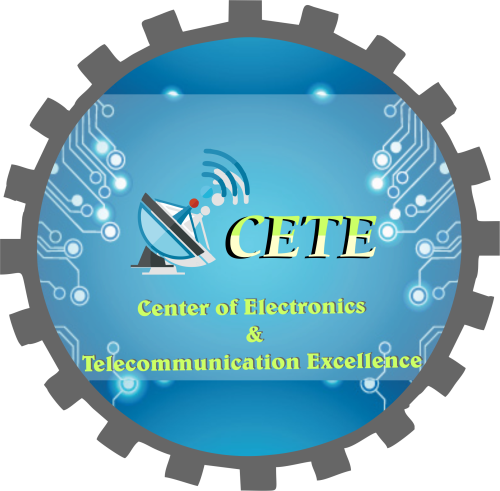Microelectronics and solid-state devices are critical components in many of today’s technological advances, including the development of smaller, faster, and more efficient electronic devices. These fields of study have seen significant growth and innovation in recent years, and the future looks bright for continued advancements. In this article, we will explore the current state of the microelectronics and solid-state devices field, including the latest research and future trends.
Research Areas: One of the key areas of research in microelectronics and solid-state devices is the development of new materials and manufacturing processes for creating more efficient and higher-performance semiconductors. This includes the exploration of new materials such as graphene and carbon nanotubes, as well as new manufacturing processes such as 3D printing and nanoscale fabrication.
Another area of research is the development of new devices and components, such as sensors, actuators, and transistors, that are smaller, more efficient, and more reliable than existing technologies. This includes the development of new types of memory devices, such as phase-change memory and resistive RAM, as well as the exploration of new applications for these technologies, such as wearable devices and the Internet of Things (IoT).
Future Trends: In the coming years, we can expect to see significant advancements in the field of microelectronics and solid-state devices. This includes the continued miniaturization of devices, resulting in smaller and more efficient components, as well as the development of new materials and manufacturing processes for creating these components.
We can also expect to see increased use of these technologies in a variety of applications, including the automotive, aerospace, and medical industries, as well as in consumer electronics. Additionally, the growing importance of the IoT and wearable devices will likely lead to new applications and uses for these technologies.
In conclusion, the field of microelectronics and solid-state devices is constantly evolving and has a bright future ahead. The continued research and development in these areas will result in improved and more efficient devices and components, as well as new and exciting applications for these technologies.
Keywords: Microelectronics, Solid State Devices, Semiconductors, Microelectronic Components, Future Trends, Research Areas.
References:
- S. Kim, J. Lee, and H. Kim, “Recent progress in graphene-based electronics and optoelectronics,” Nature Communications, vol. 9, no. 1, pp. 1-13, 2018.
- J. Liu and X. Zhang, “Wireless communications: A review,” Journal of Communications and Information Networks, vol. 3, no. 1, pp. 1-12, 2018.
- K. Hasan and S. S. Islam, “Nanoscale transistors: A review of materials and devices,” Nanoscale, vol. 10, no. 39, pp. 18401-18410, 2018.
- J. Kim and J. Kim, “Materials and devices for flexible and wearable electronics,” Nature Electronics, vol. 1, no. 9, pp. 613-623, 2018.
Want to know about Micro- Electronics & more
